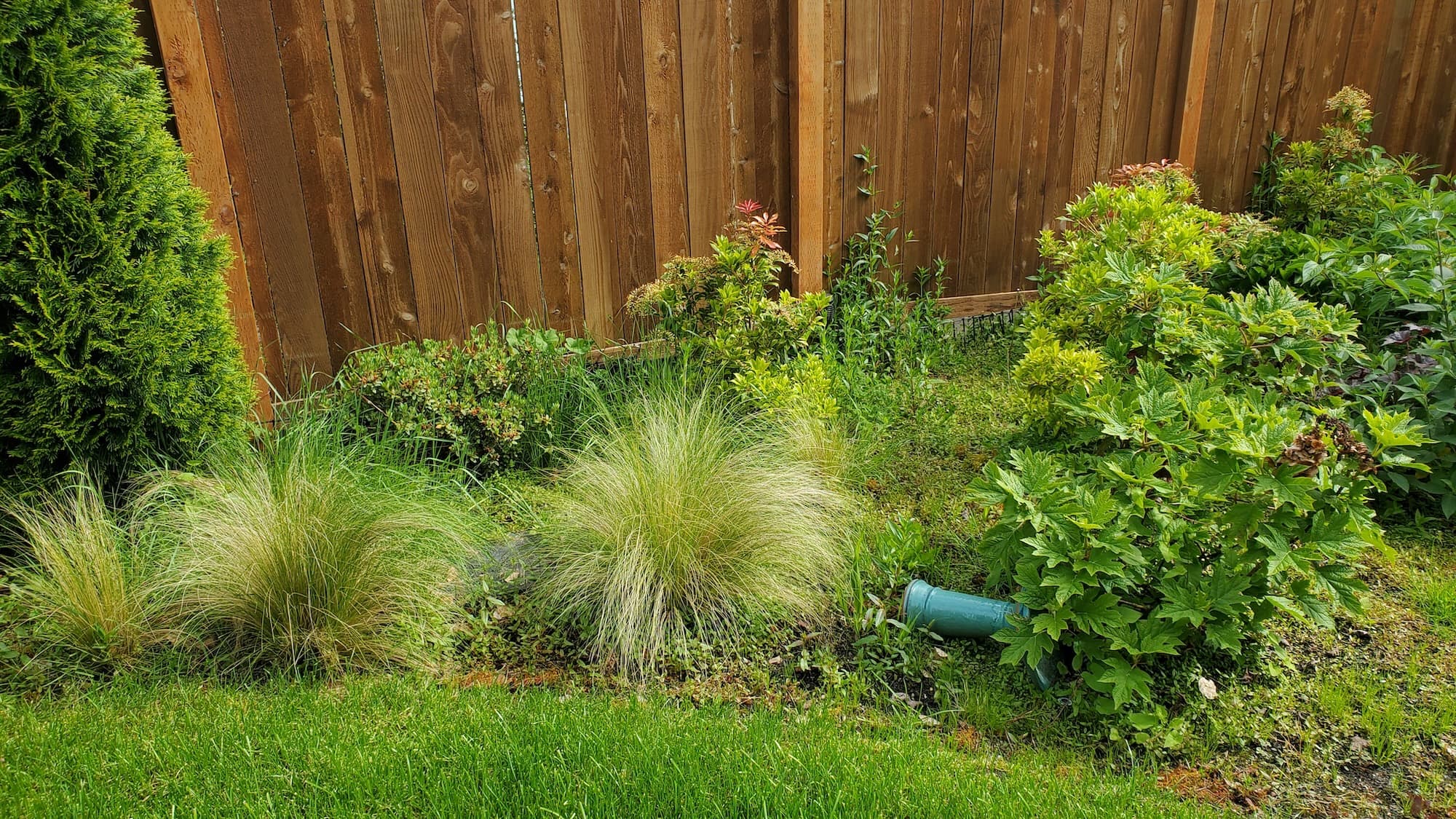Brush Bindweed Removal
Homeowner’s Issue
Bindweed is a persistent problem across Brush yards, thanks to the Pacific Northwest climate and common soil conditions. Properties here see wet winters and moderate summers, which let bindweed regrow quickly from deep, knotted roots. Many Brush lawns and beds sit on compacted clay or loamy clay that holds moisture and encourages shallow-rooted weeds and moss, while slopes and older drainage systems concentrate water in low spots where bindweed thrives.
Homeowners often face bindweed climbing fences, smothering ornamental beds, and sneaking into vegetable plots. On sloped lots common around Battle Ground Lake and toward Vancouver, poor slope drainage lets bindweed spread downhill into neighbors’ yards, complicating HOA rules and curb appeal. Sun exposure varies block-by-block; full-sun front yards behave differently than shaded, moss-prone north sides. Typical local challenges are repeated regrowth from leftover roots, spread along fence lines, and competition with desired plants. Sustainable, hands-on approaches that address roots, mulch depth, and soil structure are the most reliable for Brush properties. Expect a multi-step program and follow-up checks to keep bindweed from coming back.
Our Quality Service
We remove bindweed using hand-pulling, root extraction, smothering, and targeted cultural controls — no herbicides. Our approach fits Brush conditions: we factor in heavy winter rains, slope drainage, compacted soils, and sun exposure when planning work.
- We focus on root removal and persistent follow-up visits.
- We improve soil and drainage where needed to reduce future outbreaks.
- Our methods prioritize safety, curb appeal, and low maintenance for long-term results.
Benefits include cleaner beds, safer plantings, reduced future work, and a yard that meets HOA expectations.
What’s Included
- Full site assessment and infestation mapping.
- Hand-pulling and digging to remove roots and rhizomes.
- Repeat follow-up visits to catch regrowth.
- Mulch application (organic) to suppress returns.
- Edging and light pruning of affected plants.
- Haul-away of green waste or placement in your green bin.
Options / Upgrades:
- Mulch + landscape fabric for high-pressure areas.
- Organic soil amendment and aeration to reduce compaction.
- Solarization (clear plastic) for small, severe beds.
- Haul-away vs. green-bin drop-off choices.
Before & After / Expectations
Be honest: removal creates noise, disturbed soil, and piles of green debris that we haul away or leave for green-bin pickup. Work may require repeated visits over a season to exhaust deep roots. Narrow gate access or steep slopes can slow progress and may need extra time or equipment.
Care tips for Brush yards:
- Keep a 3–4” layer of organic mulch in beds to block regrowth.
- Improve drainage on slopes with simple regrading or swales.
- Spot-pull new shoots early — they’re easiest when small.
- Water established plants deeply and infrequently to favor deep roots over shallow weed roots.
- Remove attached ivy or blackberries that shelter bindweed runners.
FAQs
How long until I see results?
You’ll see cleared areas immediately, but full control typically requires 2–6 months of follow-up visits.
Do you use chemicals?
No — we use only mechanical and cultural controls (hand-pulling, smothering, mulch, soil fixes).
How often should you come back?
Initial program: every 2–6 weeks for the first 3 months, then quarterly checks depending on regrowth.
Will you haul the debris?
Yes — we offer haul-away or use your green-bin service as requested.
Call to Action
Brush homeowners: book a free, no-pressure estimate for sustainable bindweed removal. We schedule quickly, work reliably, and know local drainage and soil quirks from Battle Ground Lake to Vancouver corridors. Get lasting control with techniques that protect your plants and neighborhood.
Email: neatandtidyseattle@gmail.com
Phone: 206-538-9344
Licensed • Bonded • Insured










